Embedded in the heart of the terra vita nature reserve lies a place suspended in time where the past, present, and future meet in a harmonious tune that serenades the relics of history. In Northwest Germany, the city of Osnabruck peers over the vast countryside, peaceful and generous, a large city in size and importance.

“Around 780, Charlemagne, king of the Franks, erected a stone church on the banks of the Hase River, the nucleus of today’s Osnabrück.”, this is how the story begins: a bishopric in the 8th century and a significant trade venue in Saxon Territory. Stepping into Osnabruck streets resembles setting foot in a history textbook: what else could it be like to wander through more than a thousand years of history?
There is so much to take in as you walk down the ‘Old Town,’ the dull thunking sound over worn-out stone streets trailing behind your every step, as you stroll on what once used to be the trade roads that made Osnabruck one of the most important commercial centers during the middle ages.


From the very beginning, the city had played an essential role in the European economy: from a trading vessel in medieval times to participating from the Hanseatic League, this settlement did nothing but grow in the industrial scenery as a renowned producer of chemicals, textiles, papers, machinery, motor vehicle equipment, and so on. It was not long for the city to develop a great wealth; the amusing houses to your sides give testimony of this story.
Seeming a mesmerizing puzzle of timber, brick, stone, the ancient constructions that date back to the 13th century and further, the built patrimony of industrial power. The city’s growth appears in every facade, every era represented from medieval to baroque, unchanged since its construction.
Standing in the corner of a broad street, you can’t help but think of how urban life displays in this medieval city, how social dynamics take place, and where? At least in the daylight, it looks like a severe city, quiet and calm. That’s when you notice that most of these medieval structures are what shape everyday life: antique structures, such as warehouses and residential buildings, made their way through the claws of time and into urban modernity to become restaurants, stores, coffee shops, bars, and cultural centers.
What strikes you the most is how the past of this manors dialogue with the present, not a single house demolished. Moreover, its ground floors were restored and reused, re-signified, and treated as cultural patrimony. You find yourself intrigued, relieved by how these new structures managed to merge with the old, dialoguing in the same language as if in accord with their diversity.
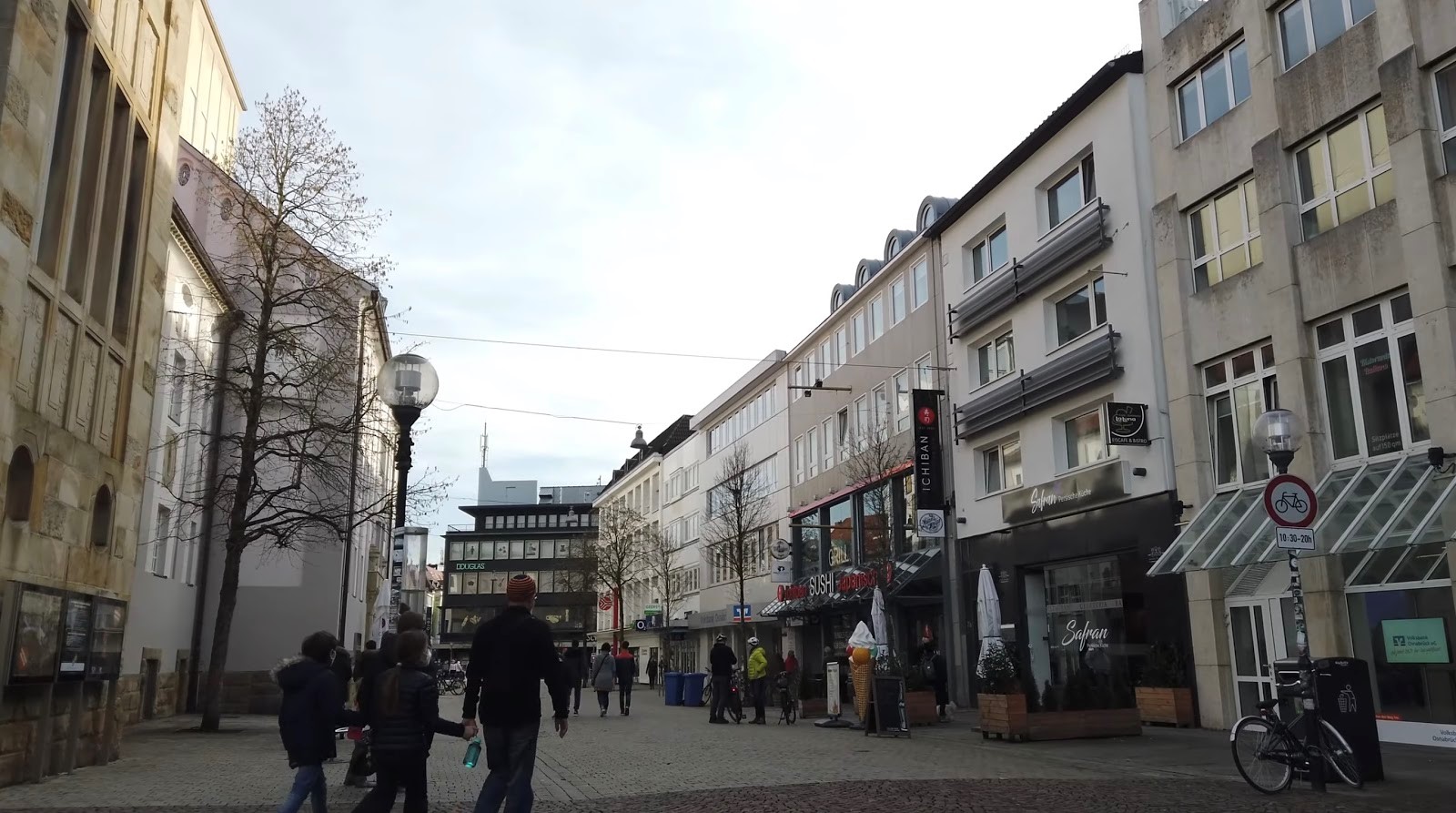
The width of the streets seems to guide you, narrowing with every step, encouraging you to go forward. Maybe it’s not the width but the smell of the coffee shops that hearten you, lifting you from the ground and carrying you to your destination. Perhaps it’s just the inner euphoria of experiencing a town so alive, so charged with meaning, so bright and diverse with its colors and facades, with the dynamic conversation between styles, periods, and materials. You are strolling, but really, your mind is far-flung by now in time and space, as the last check before a history exam.
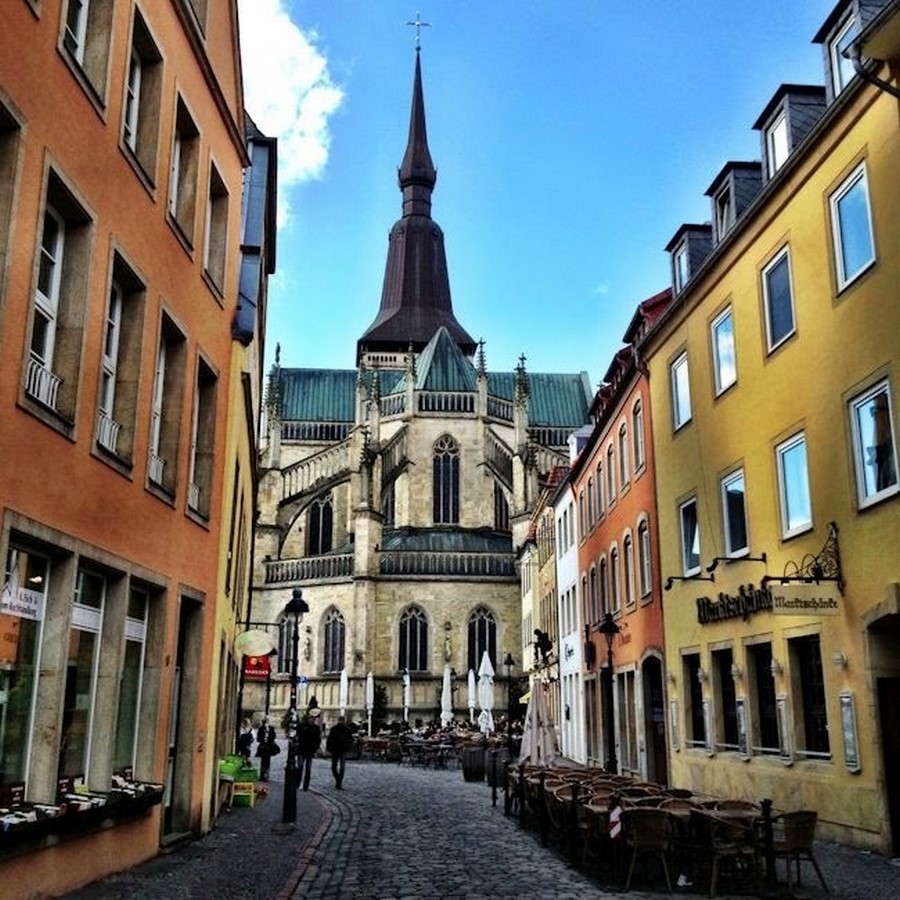
In the haze of colors and textures, you glaze ahead, locking eyes on a yellowish stone facade in the distance to what seems like a dead-end street. Puzzled, you slowly look up, lured by curiosity on where the horizon would end, taking in every inch of your surroundings. Beyond the colorful houses, you spot a Church’s tower, disrupting the skyline ever so gracefully in the distance. You assume it’s St. Katherine’s church, whose tower peers over the roofs from every spot in the city.

The tower grows closer with every step as you gradually crane your neck until you cannot go any further, and obliged, you restore your eyes ahead. You have arrived at the end of the street and realize how deceptive perspective can be: far from reaching a decent end, a brand new beginning opens up before your eyes: St. Peter Cathedral stands tall beside you, imponent, majestic, sinuous streets branching before its gates creating a fragmented boundless range of possibilities, just as Charlemagne was when he built the first version of the church way back in the 8th century. The Normans destroyed the original church, and its image changed over time. Still, the cathedral reflects the past in the present.
Created a bishopric, the weight of religion and its history is present in Osnabruck in churches and cathedrals that prevailed through thick and thin from before the 13th century. Conceived under the conquering of Charlemagne, he installed a bishopric intending to Chritianizethe by the duchy of Saxon. Time went on, the city was granted fortification privileges by 1157 and was officially charted by 1171. The prince-bishopric advanced in power until it acquired civic jurisdiction, and Osnabruck remained under a catholic bishopry until the 16th century with the Protestant Reformation.
The city remained impartial: each parish decided what they wanted to profess. Peace lasted only for so long, for in 1618 began the Thirty-Years War, where a constant dispute between European nations on territory, religion, and dynasty raged in the Spanish dutch, and German region. In 1648, the war ended with the signing of the Westphalia Treaty, and the bishopric remained alternated between catholic and protestant.
The treaty was discussed and signed in Munster and Osnabruck, granting the city the character of ‘The City of Peace.’ The Romanesque building takes a new dimension, and you understand St. Peter Cathedral as more than the dominant feature of Osnabuck’s skyline. You continue down its front, pebbled streets clicking beneath your feet, and you are suddenly surprised you can hear it over the sound of the blowing wind. The mesmerizing architecture and urban surroundings made un oblivious to people around you: politely, they make their way as part of the picturesque scenery of the city either strolling aimlessly or sitting on the low brick walls, they seem to enjoy not only the physical city but its identity, its very soul. There is a sense of unity between the inhabitants, an unspoken contract to respect each other and their surroundings.
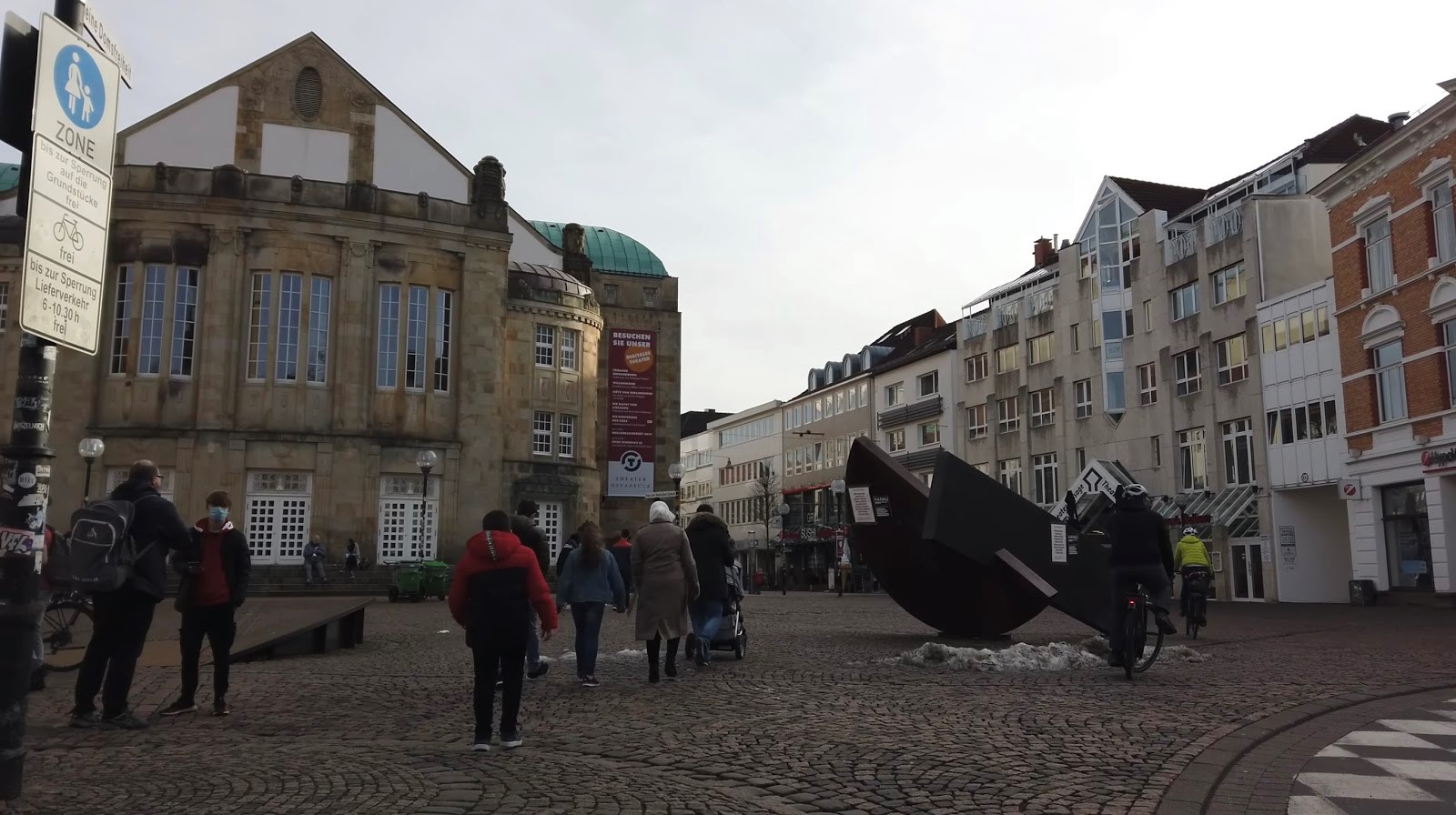
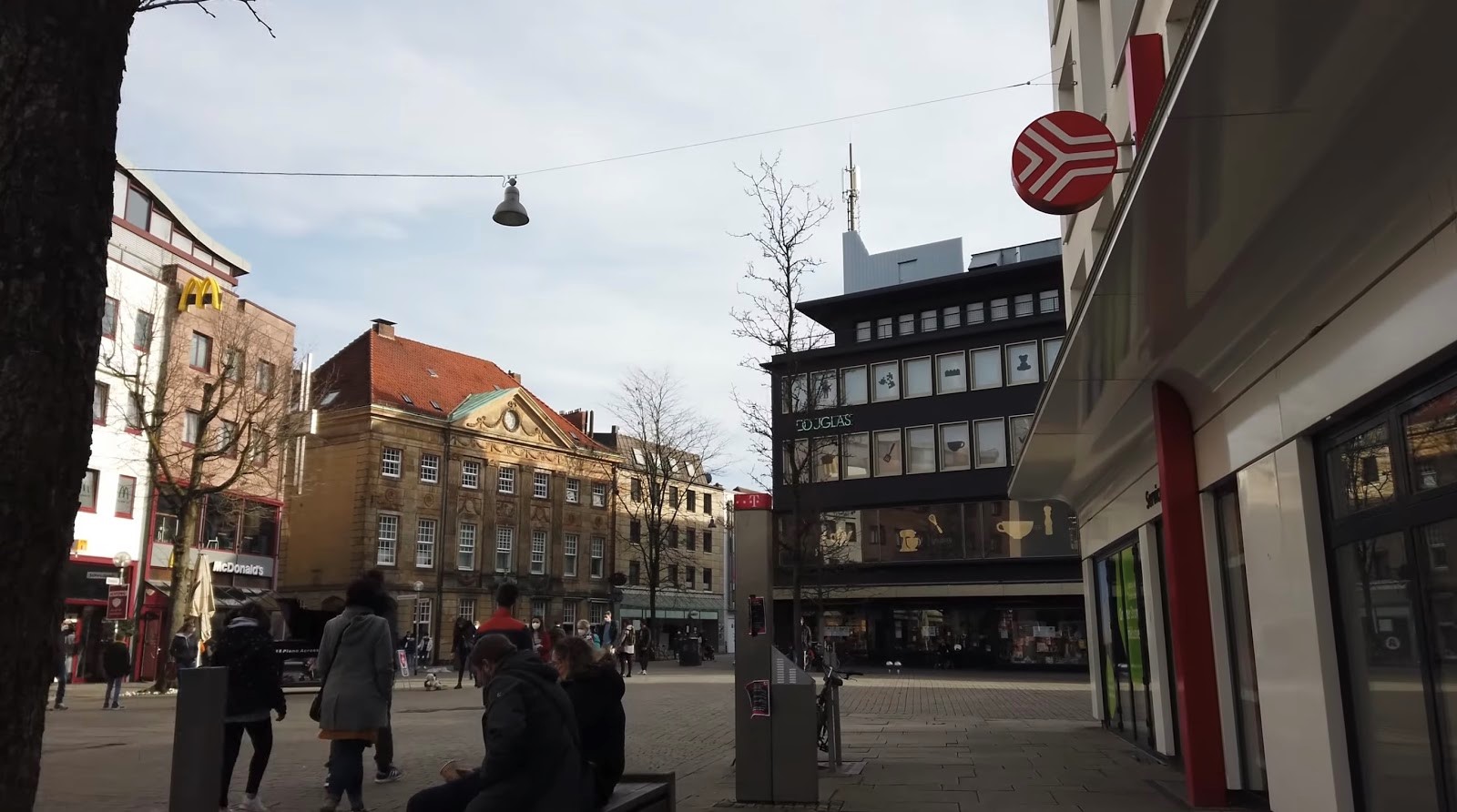
When you reach the marketplace, it hits you: you haven’t seen a car so far, and instantly think to yourself: why would I miss the experience of losing myself in this city? Every turn is a new experience, the anticipation, the slight rush of adrenaline in every corner, not knowing what is expected of you in the following steps. Coursing through your veins rush a warm feeling, a shiver under the realization that you are standing in one of the very beginnings of the city, the origin of urban life of individuals that trace back to the 9th century.
Beside you, St. Marien Cathedral, a gothic church from the 13th century, welcomes you into the very heart of the city. To your back, the stair of the City Hall and its Peace Hall, the very same place where the Westphalia treaty was signed; before you, restaurants and bars take on the streets as an extension of the old manors that frame these historical buildings.
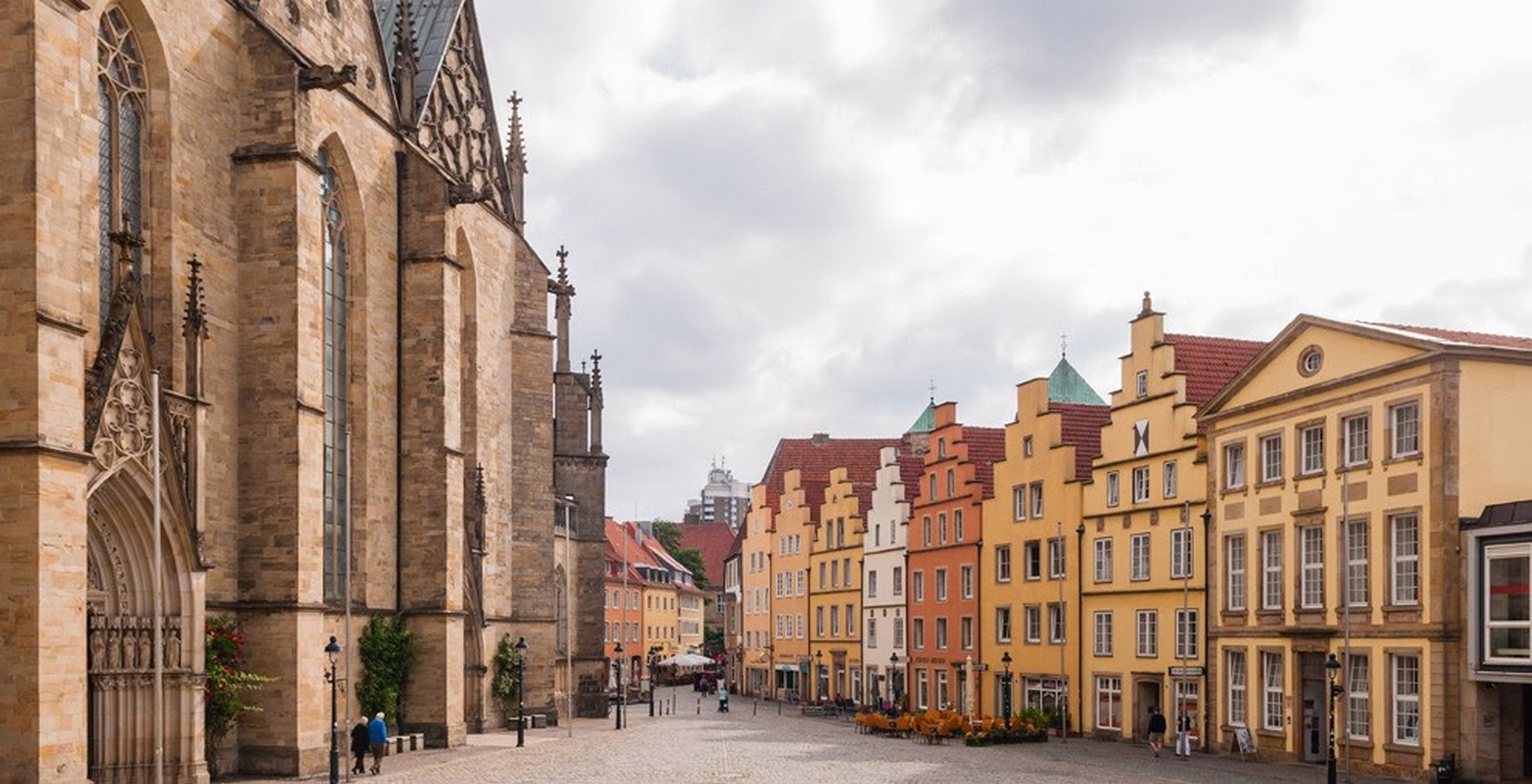
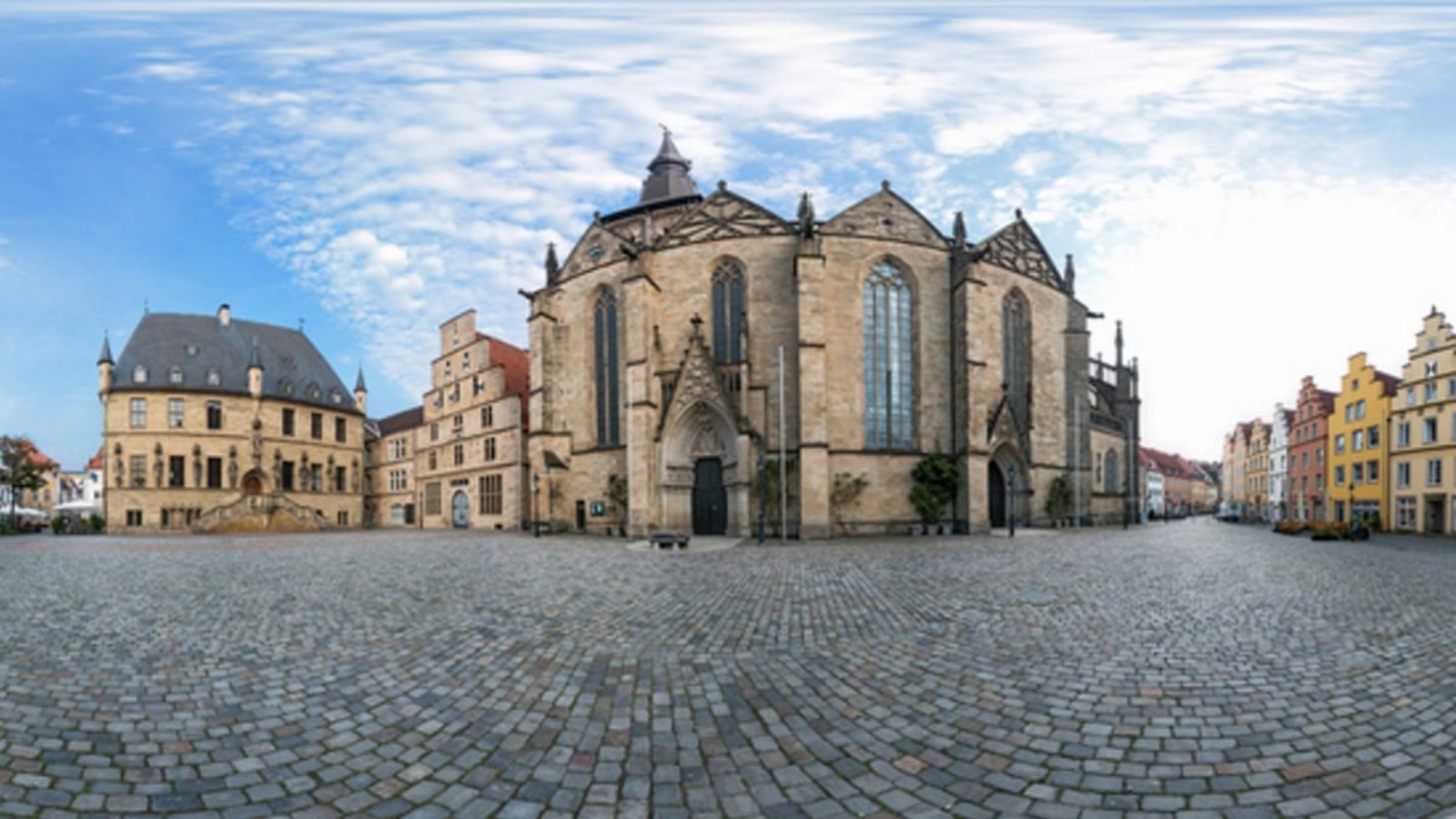
The piazza seems so broad in comparison to the other streets. Tempted to rest in one of the many restaurants that make Osnabruck a unique culinary destination, you wonder how it would have been to drink a beer pint in that same place more than a thousand years ago. The mere thought of sharing the same experience as 9th-century folks thrills you, suddenly surprised by how the modern Osnabruck managed to maintain its essence and history amidst the demographic and touristic growth.
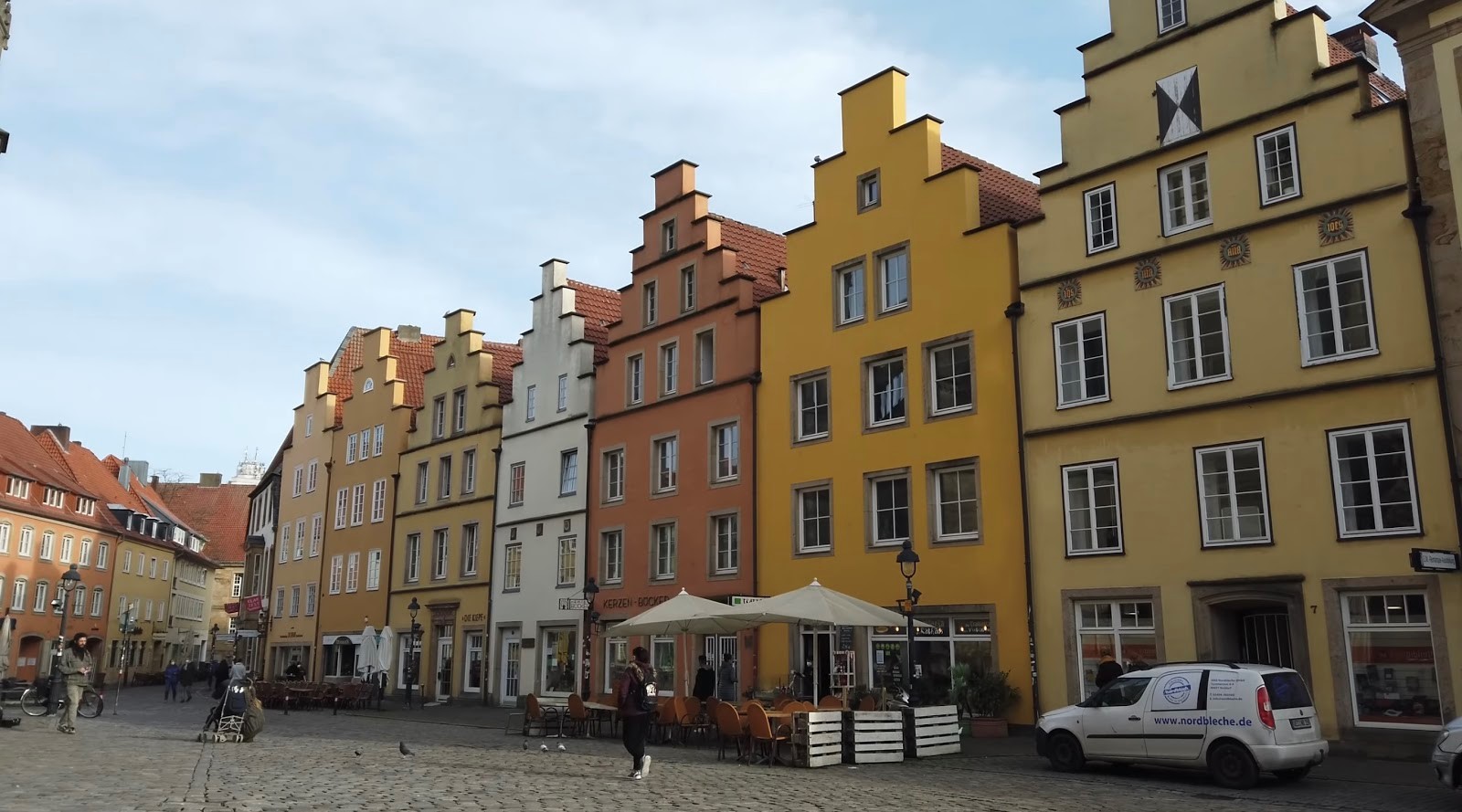

During the Seven Years Wars (1756 – 1753), Osnabruck’s population dropped below 6,000 inhabitants. In the 19th century, the city was passed as a current coin through the hands of several powers until, in 1815, it became part of the Hanover Kingdom, keeping the population beneath the 10,000 inhabitants. Still, by 1914 the population had grown to 70,000 until nowadays, counting with around 164,000 inhabitants.
Their identity is directly and intrinsically rooted in its cultural heritage: nowadays, Osnabruck is considered the cultural center of west lower Saxony and a strategic point in the European economy. The signing of the Westphalia treaty turned the city into the host of worldwide conferences and granted the city the Peace Research Institute. Settled in a natural reserve, it is only logical for the city to host Federal Germany’s Environment Protection Foundation.
Wiehen Hills and the northern tip of the Teutoburg Forest mark the town’s boundaries, inciting the connection to nature and offering an immense amount of landscapes and activities to locals and tourists. The whole city is a cultural inheritance, treated with respect and consciousness, advancing to modern times, but never amidst the past.
The story of Osnabruck does not end in the medieval times: the sympathy for the Nazi regime in the 1930s grew like poison ivy in the streets, and by 1933, National Socialist economic, political, and social programs lead to remarkable industrial and economic growth for those ethnically ‘lucky.’ Jewish workers and artists were obliged to close their businesses and exile. Both Jews and Romany were taken to concentration camps during the Second World War.
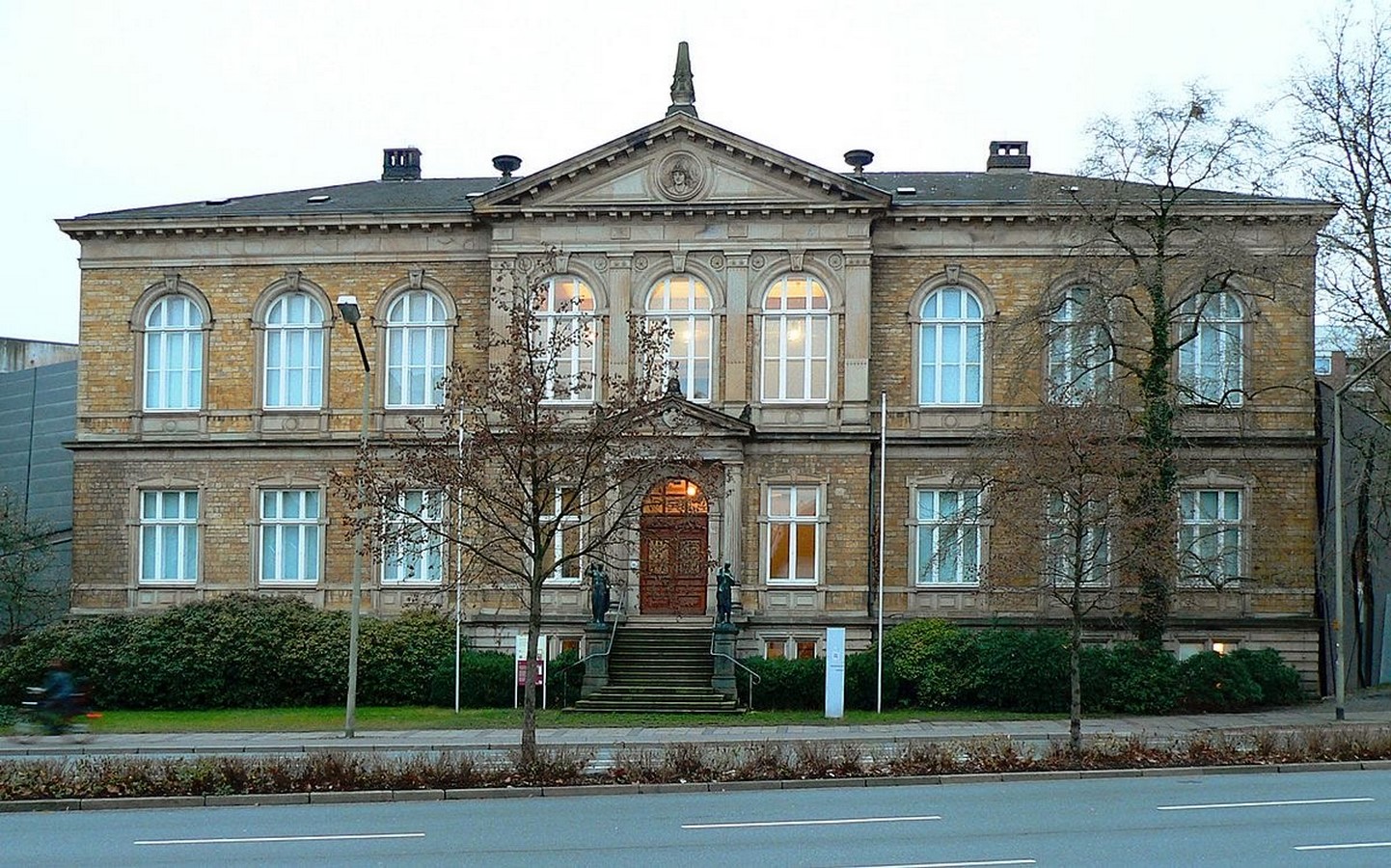
Bombardings took place during this period, and many of the medieval buildings were severely damaged. Still, the physical damage was insignificant before the lives lost in the injustice of racism and cruelty. In 1985, Studio Libeskind completed the Felix Nussbaum Museum. Nussbaum was a Jewish artist born at the beginning of the 20th century in Osnabruck and, as many others, faced the tragic ending under the hands of the Third Reich.
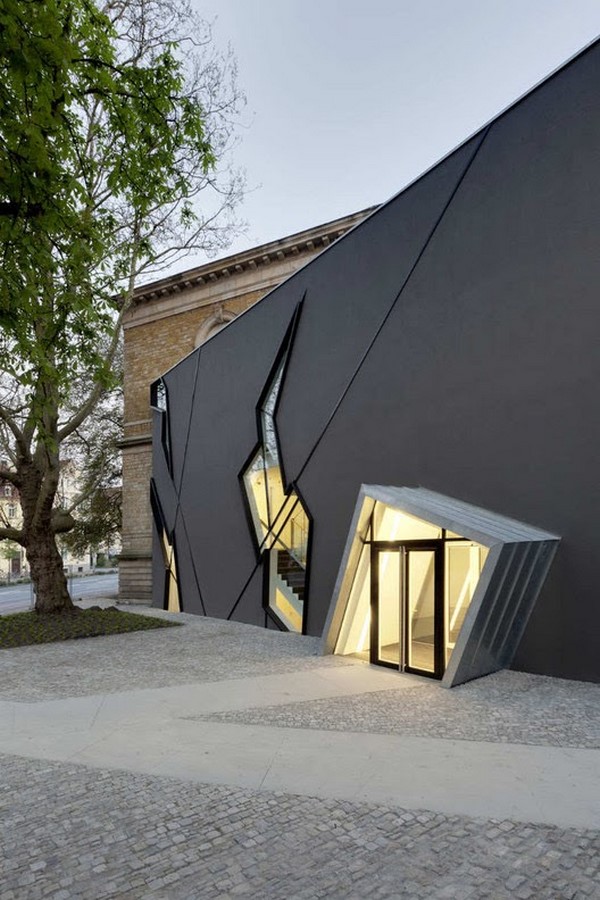
As you stand before the gates of the Cultural History Museum, you can see the extension peer to its side: the building appears as a disruptive element that does not intend to contrast with the existing tissue but function as the missing link of the lost history in this historical city. It isolates itself from the city logic with a modern language, but in a subdued way, linking ancient history with modernity and unity and agreement between the parts.
In the architect’s words, “The Nussbaum Museum becomes a profound place for the encounter of the future and the past, more than just a testament to an impossible fate.” In your mind, you believe you should feel nostalgic, but you are inspired, glad that someone rescued this piece of abstract history and shared it in the present. The concrete walls and glass panes grant the ancient language of stone with a renewed meaning as you remember that you live in the 21st century.
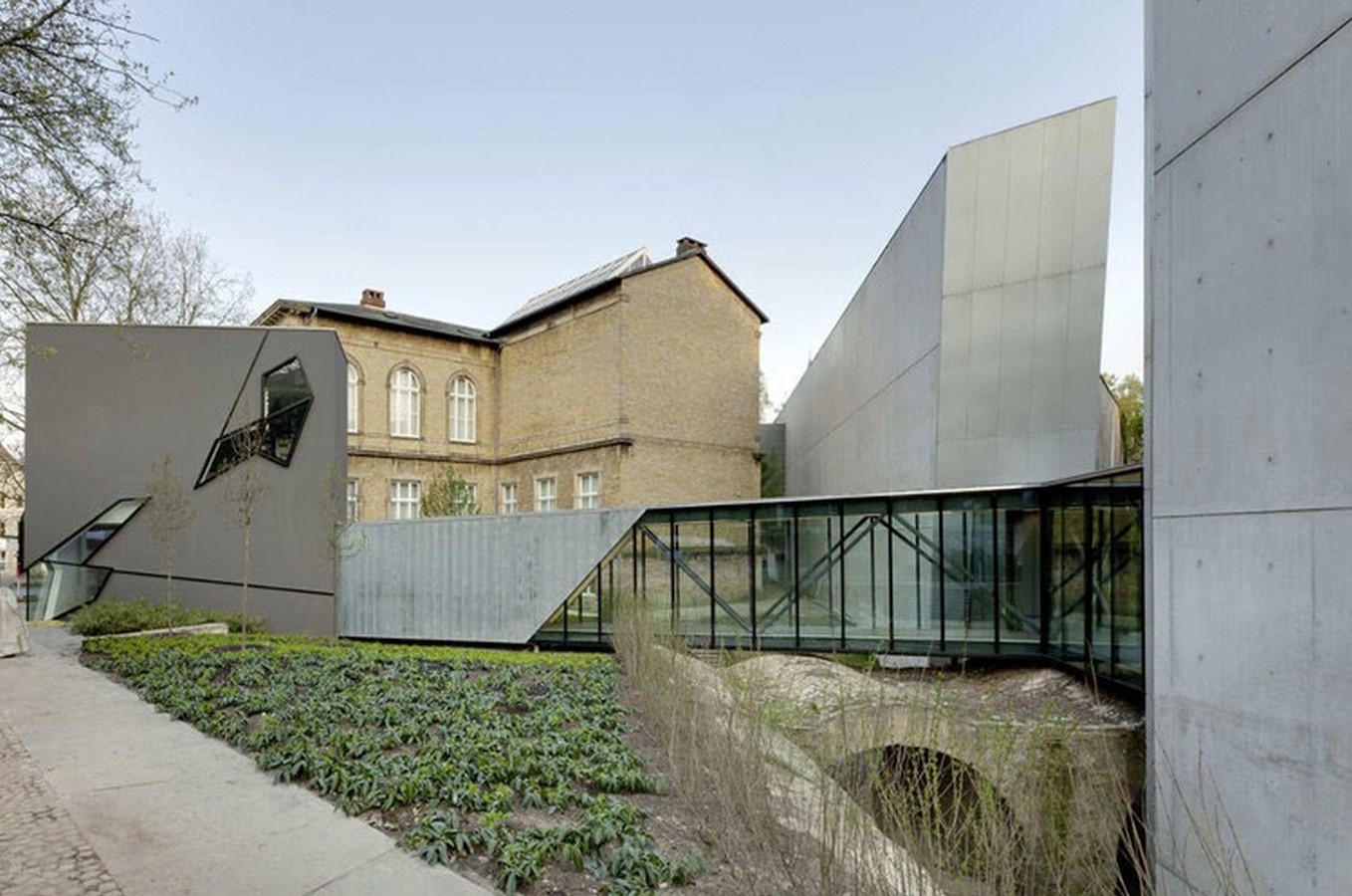
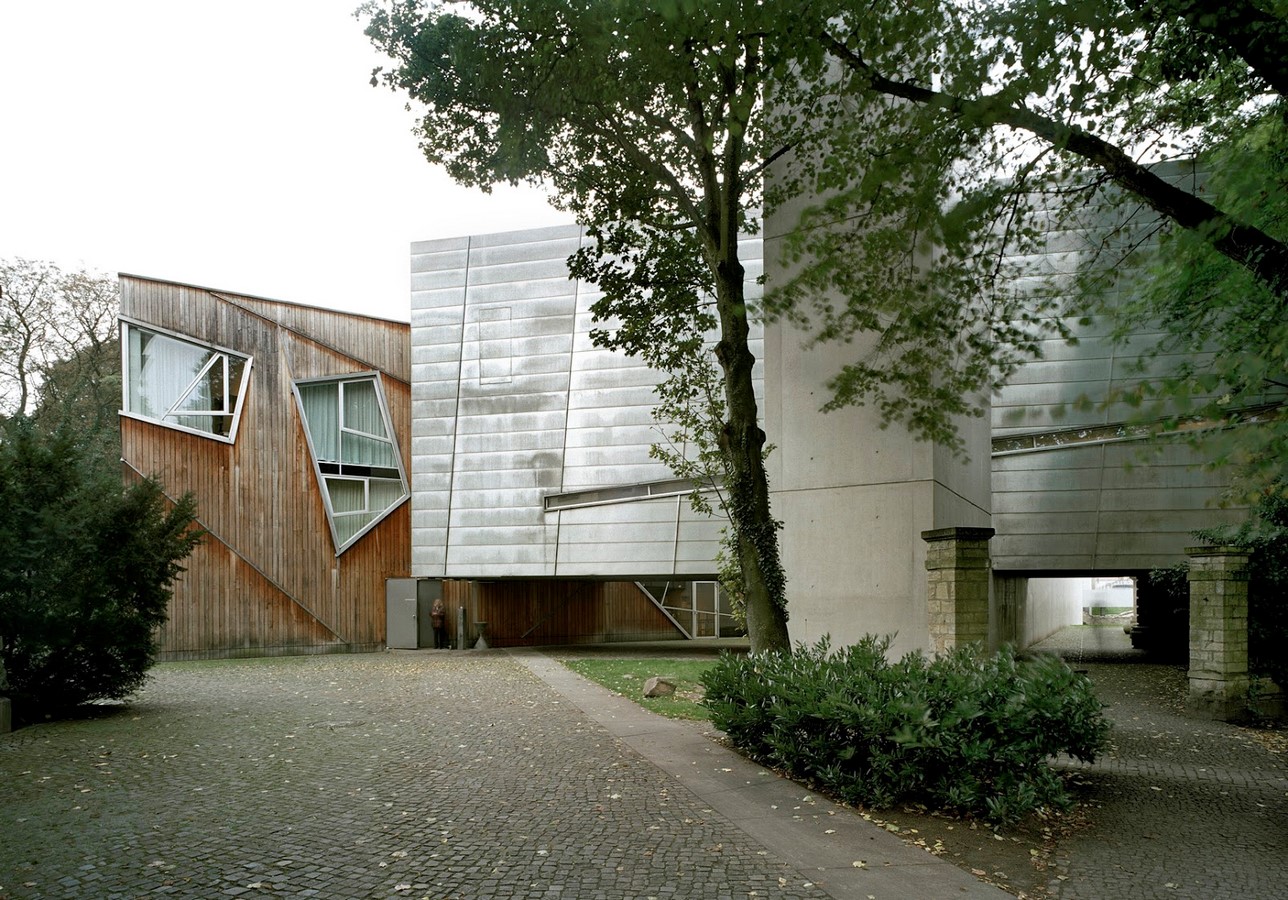
You smile to yourself as you stroke the concrete wall as if saying thank you and start back down the path of history. A piano starts playing. You are looking out for the speakers when you realize there is none, but a piano man with its glistening black piano in the middle of the venue. The afternoon is beginning to dim, and artificial lights lit up the street as the first star pops up above your head. The tune slips into your body, and you close your eyes: you are suspended in time, in history, in a medieval city, in complete peace where years of war, conflict, loss, and hope traduce into the physical world, crossing the boundaries between textbooks and reality, between past, present, and future.
References | Osnabrück
City Tours (2021) Osnabruck Germany Walking Tour. [Youtube video] Available at: https://youtube.com/watch?v=-ad08akK5DM&feature=share [Accessed: 13/06/2021]


















